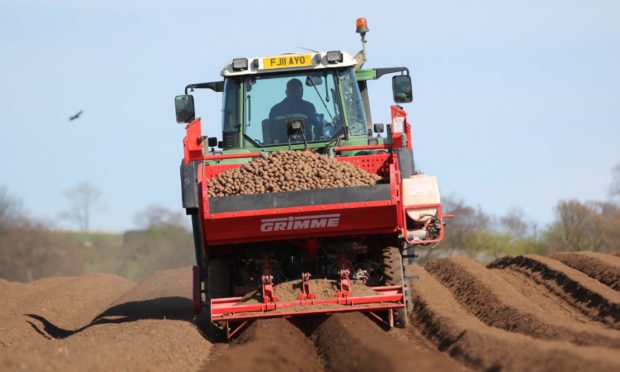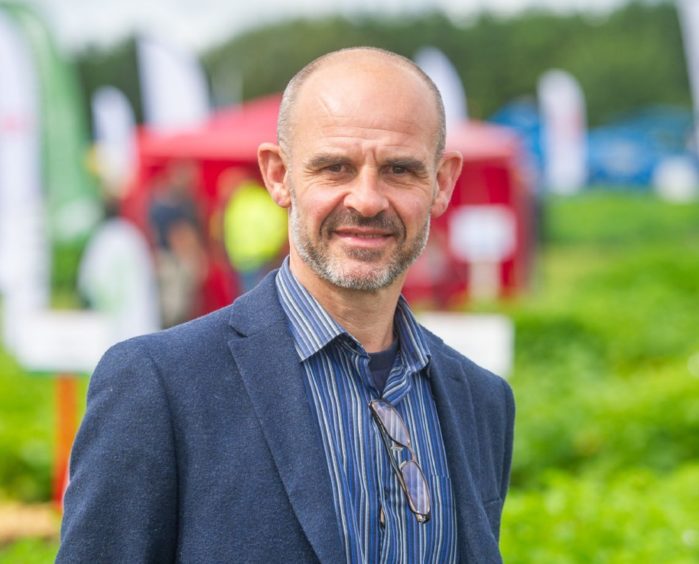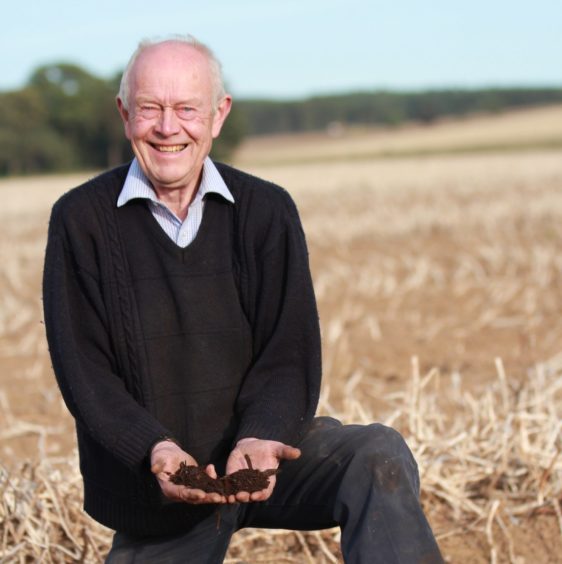Trials of a product which currently offers the best biological hope of controlling potato cyst nematode (PCN) have been delayed because it doesn’t meet Sepa regulations.
The withdrawal of key nematicides and the threat of losing more plant protection products means Scotland’s seed potato industry is urgently looking for biological ways of controlling PCN.
Hectare-scale trials of a chitin-based soil enhancer which have attracted funding from Scotland’s Plant Health Centre (PHC) and were scheduled to take place in Angus fields this summer, have had to be put on hold because the material is produced from fish industry waste and has not received permission to be spread on land.
Professor Ian Toth, the director of the PHC, said: “Given that we’ve got between 25-30 years of a potato seed industry left unless something’s done about PCN, every year that goes past is a year wasted.
“We’re all keen to get on, and it would be great if we could start trials this year, but we have to go through due process. If this product works it could make a big difference to the industry.”
The compound has already proved to be effective in trials conducted in Belgium and England, and Eric Anderson – a director of Scottish Agronomy which is involved in the project – said the product was compliant with all regulations other than not being approved for growing tomato plants.
“But we’re not using it as a composting medium,” he said.
“Rather we’d be applying it potentially at one tonne/hectare as a soil amendment, so the yardstick by which it’s being measured is not appropriate.
“There is some urgency, because with PCN we have a limited timescale to pilot alternatives to chemical solutions.”
The product is being developed in Scotland by Martin Cessford of Angus Horticulture, who said he was “bedevilled by bureaucracy”.
He added: “We are trying to get a derogation to use it as a soil amendment rather than a growing medium so that we can trial it here, but it looks like the timescale has been set back by another year.
“There’s already evidence from research in Belgium and at Harper Adams University that it is effective, and if we were in England we’d be able to go ahead with trials, but Scotland’s regulations are gold-plated. ”
SEPA was contacted for comment.



